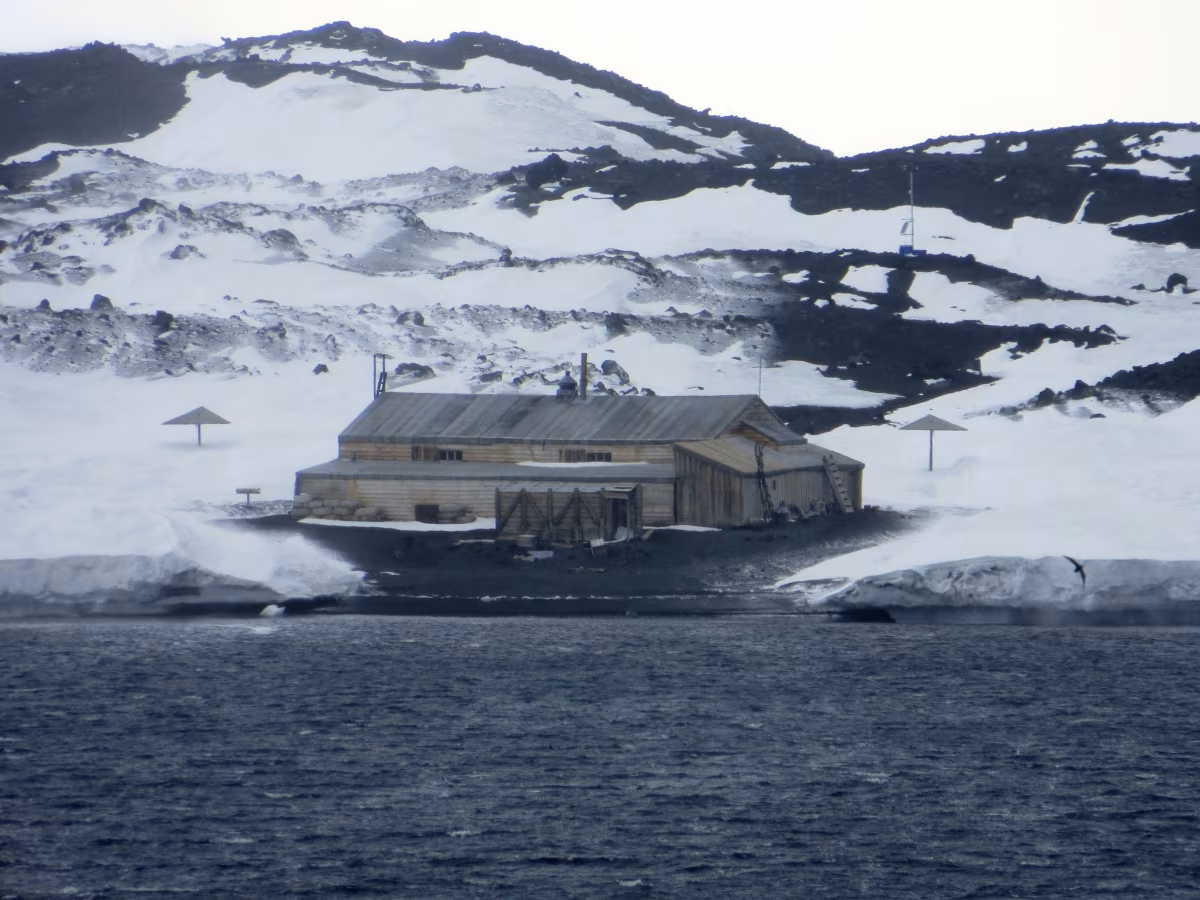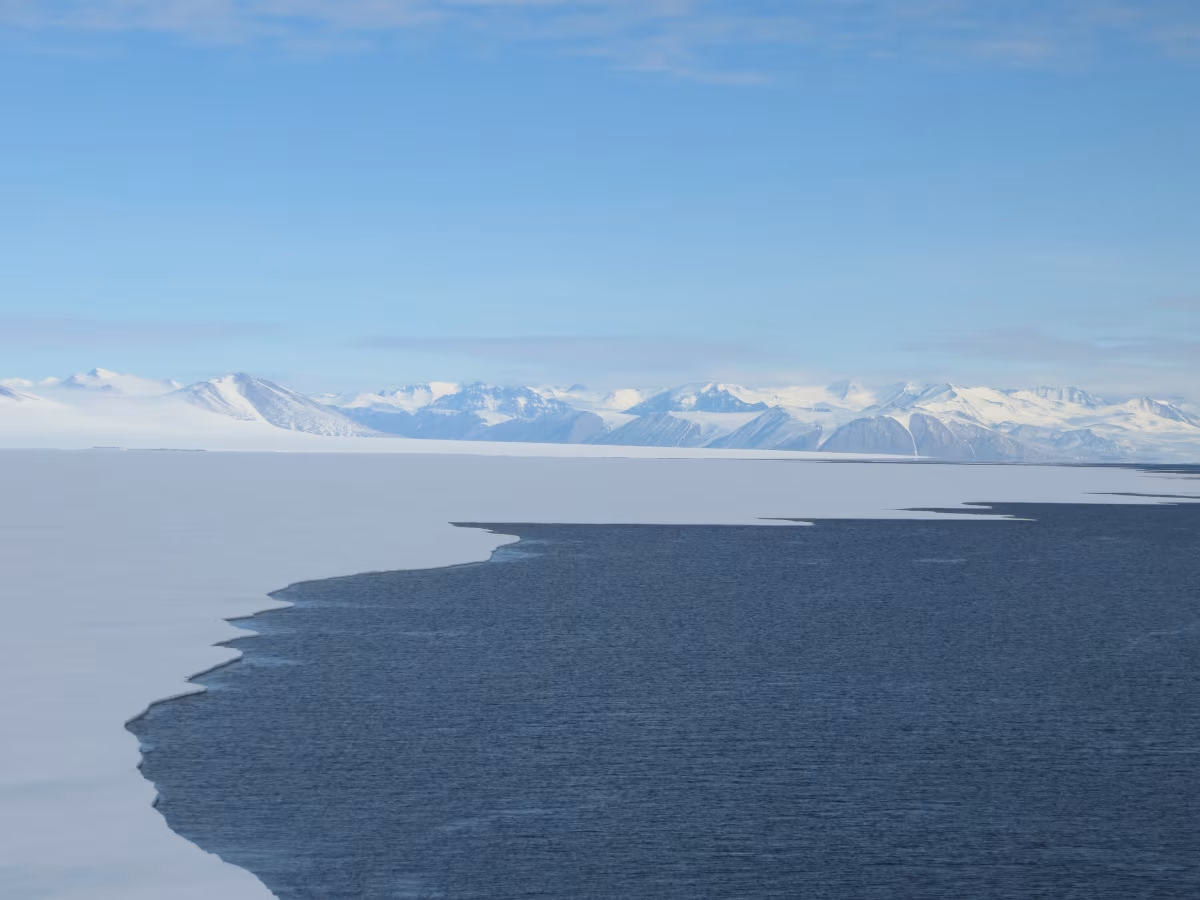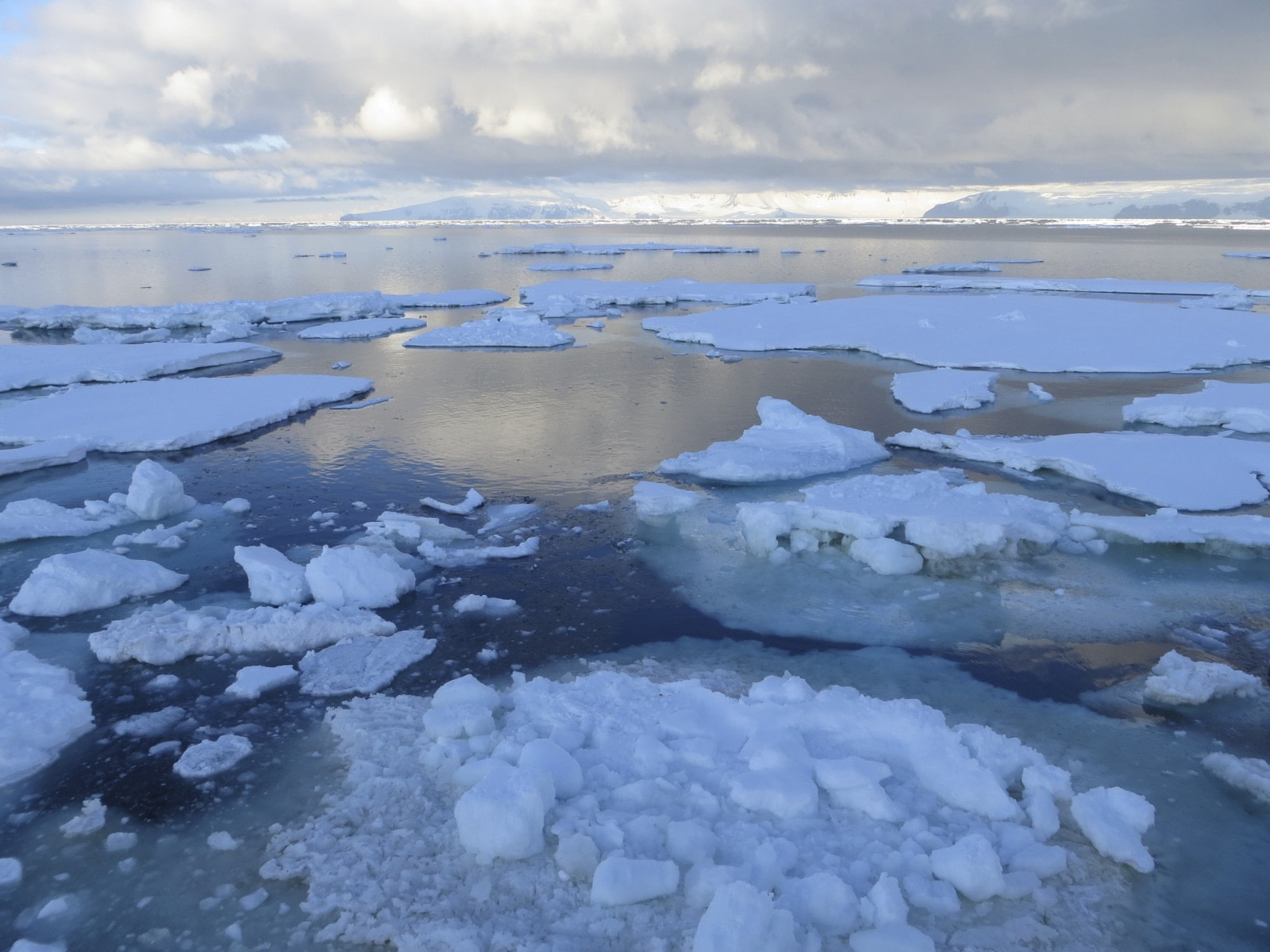A Ross Sea Odyssey
In 2013 I took part in a trip of a lifetime. Led by Australian mountaineer, Greg Mortimer, this Antarctic expedition took in the Antarctic Peninsula, Bellingshausen Sea, Amundsen Sea, Ross Sea (with its historic huts) and Macquarie Island over 32 days – a major undertaking.
What I did not appreciate, before leaving home, was what an expedition meant, as opposed to a cruise. The latter is pre-determined, all activities planned and more or less guaranteed. No surprises. The former is determined by conditions, decisions made on the run.

Imagine sitting in a Zodiac on a heaving, breathing sea of brash ice with 4,000 metres of water beneath, 1,700 kilometres from the closest human presence, and you will gain an insight into a most invigorating adventure. I have waited a lifetime to see Antarctica.
First ice
I looked from my porthole at 2:45 am to see mountains of ice quietly drifting by in a surreal twilight. In my warmest kit and out on deck, I thrilled at my first sighting of Antarctica.
Later that day, we made our first landing, by Zodiac, onto Pleneau Island. Gentoo penguins, cute as cute, nesting, resting, chasing, feeding themselves and their young. But above and beyond any wild life – blue ice. So many magnificent towers of sculptured beauty. And beyond the bergs, towering granite mountains with cascading ice, some sheets, some glaciers, all fractured and heading seawards.
Helicopters and Volcanoes
Signing up for this Ross Sea expedition came with certain expectations, but nothing prepared me for landing by helicopter on the flanks of the volcano on Peter I Island at 2 am, just as the sun set. I stepped from the helicopter into another world, truly pristine. The caldera of Mount Lars Christensentoppen towered above our ice ridge, 1,640 metres of pure andasite capped with ice that slumped in places, threatening to tumble into the sea.
Fresh white snow crunched beneath my boots as I followed the line of red flags up the ridge, clear of crevasses and away from 200-metre cliffs. My cheeks tingled, my glasses fogged, my pulse quickened, my mind calmed. The feeling of space and freedom was as immense as the frozen continent.
Snow and ice
We sailed on through the Bellingshausen and Amundsen Seas shrouded in mist and snow, constantly passing spectacular icebergs. Each one unique. Each demanding a photo. People who think Antarctica is all white need to see this. I have never seen so many shades of blue, which we learn is caused by light refraction: the older the berg, the more worn the surface and the more trapped air bubbles, the more intense the blue.
Our plans changed as Captain Alexey studied the ice charts. With 200 kilometres of up to ten-tenths ice cover between us and the continent, we needed to take a more northerly course. Even then, there was some doubt whether we would make it into the Ross Sea, blocked by a band of two-year pack ice. Lectures, Zodiac jaunts among the ice flows and helicopter rides filled the days, but everyone was subdued with the uncertainty.
In the Ross Sea – a step back in time
With one concerted push, Captain Alexey broke through and we entered the Ross Sea which, surprisingly, was totally free from ice. The Transantarctic Mountains were mind-blowing in their grandeur and beauty.
We dropped anchor off Cape Evans and I took a leap of faith into the iced-covered Zodiac as Elke steered towards Scott’s hut. To enter this space is akin to bumping into the great man and his party. Everything is as they left it, even down to the woolly socks and hot water bottle hanging over Scott’s bed. Outside, the wind screamed; inside, the only thing that screamed was the separation of classes, still obvious a century on. A wall made of packing cases separated officers and gentlemen from the others. Even the outside toilets were designed to cater for different classes of backsides.

The most moving part of the hut was the horse stable annexe: a pile of seal blubber still reeked after a hundred years; there was a box of penguin eggs; a wee pot stove in the corner which would not have afforded much warmth in the dead of winter and, in the last stall, the skeleton of a husky still wearing its collar and chain.
North along the coast from Cape Evans is Cape Royds. There, snuggled below the most southerly Adelie penguin rookery in Antarctica, is Ernest Shackleton’s Nimrod Hut. Where Scott had divided his men, Shackleton only had one living space. Bunks lined the walls, separated by hessian curtains. Just the one table that they all shared. The fact that Shackleton did not die when going out from his hut probably added to the more cheerful atmosphere.

The serenity of McMurdo Sound
We remained safe at anchor from storms and ice in McMurdo Sound for five days, watching orcas patrolling ice flows where emperor penguins preened, minke whales breeched, rare Ross seals sunned themselves. Petrels and skuas circled our ship. Cameras clicked fast and furious. One highlight of the stay in McMurdo Sound was a helicopter flight to the Taylor Dry Valley, the driest place on earth. It has never rained in this valley, which is so close to conditions on Mars the Americans tested several of the Phoenix instruments there in 2007.

Many times during the expedition I thought I had found the most stunning place on earth. Wandering alone for three hours in the dry valley, I knew I had found another one.
It came as something of a shock the next day to fly to the US McMurdo Base. For nearly three weeks we had experienced nature unspoilt by humans: no cans or chip packets littered beaches or mountain tops; we carefully steralised our boots before each landing, and vacuumed our jackets and socks for any foreign seeds. Then we landed in what can only be described as a small town filled with graded roads, row upon row of ugly buildings and pipes encircling the settlement. Huge machinery was everywhere.
On Hut Point, beside the base, sits Scott’s first hut, Discovery. This was what we had come to see, but its magic was swallowed by the activities of its neighbour.
Last Ice
Leaving the Ross Sea was much easier than entering it. A storm had broken the ice, shoving it out into the Southern Ocean. As we bumped our way through the remaining flows, I felt a sadness that my time in Antarctica was coming to an end. We still had Macquarie Island to visit—and this was a major attraction—but there is no ice there. We sailed into the teeth of a Force 10 storm in the Southern Ocean with waves up to eight metres – most likely the storm that cleared the ice from the entrance to Ross Sea. Antarctica was not done with us just yet.
About the writer
Dale Lorna Jacobsen is a freelance writer. She is passionate about grass-roots history, which led to the publication of two novels: Union Jack (2011), political intrigue set in Queensland in the 1920s; and Yenohan's Legacy (2013), a story of love and life in the High Country of Australia. Dale has won awards for her short stories, including ABC Short Story Award in 2005 for The Pilot. In January 2013, Dale fulfilled a lifetime dream when she boarded Ortelius for a 32-day expedition to the Ross Sea in Antarctica. Read more of her adventures illustrated with beautiful images and links in her iBook: Why Antarctica? a Ross Sea odyssey. Kindle version | Mac or iOS version.

